Plants poisonous to livestock
Livestock managers should be aware of how poisonous plants can affect livestock. Following flood events, periods of high rainfall, and during drought, pastures grazed by cattle, sheep, goats, and horses are more likely to contain potentially toxic plants.
When grazed in small amounts, many of these potentially toxic plants may be tolerated well by livestock. However, under certain conditions, or if grazed to excess, poisonings can occur. Cattle, sheep, and horses are vulnerable to plant poisonings that can result in death or permanent damage to organs such as liver or kidneys.
Plants may be toxic in small amounts, or have a cumulative effect on animal health over time as plant toxins cause damage to internal organs.
Good farm management includes learning to recognise plants in your area that are toxic to livestock, as well as how to remove poisonous plants from pastures or control the conditions under which poisonings are more common.
Plants toxic to livestock
Examples of potentially toxic plants grazed by livestock in Australia include:
- Pimelea
- Flatweed
- St John's Wort
- Common heliotrope
- Paterson's curse
- Cathead
- Panicum grasses
- Green cestrum
- Mother-of-millions
- Hairy panic
Flatweed
Flatweed (Hypochaeris radicata) is also known as catsear and false dandelion. Flatweed is a perennial plant originally from Europe, and because it has yellow daisy-like flowers, it is often confused with Dandelion (Taraxacum officinale) and Hawkbit (Leontodon taraxacoides).
Flatweed is a problem in horse pastures because it can cause stringhalt when it is grazed by horses. Australian Stringhalt is a condition of horses resulting in the hindlegs jerking upwards as the horse walks, with the legs reaching up and sometimes making contact with the belly. The abnormal gait is a result of involuntary control of the hindlimbs, which is suspected to be caused from a neurotoxin that affects the long nerves in a horse’s body.
Veterinary attention should be sought if you suspect stringhalt in a horse.
On smaller areas, flatweed can be controlled by removing the entire plant and taproot, while in larger areas, a broadleaf weed herbicide maybe appropriate. Best practice should also include establishing a competitive pasture, so that pasture grasses and legumes can out compete the weeds.
Identification note: Flatweed, Dandelion and Hawkbit are very similar. The main distinguishing feature is to look at the plant stems and the cut the steam in half. Flatweed has a branched solid stem, dandelion has unbranched hollow stems and Hawkbit has unbranched solid stems.
| Flatweed (Hypochaeris radicata) | Dandelion (Taraxacum officinale) | Hawkbit (Leontodon taraxacoides) |
|---|---|---|
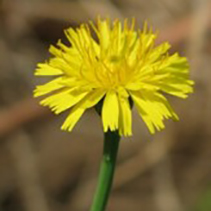
| 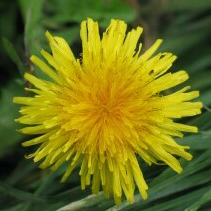 | 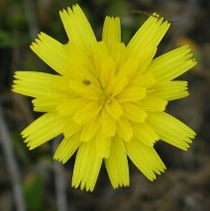 |
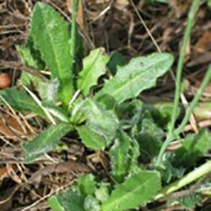 | 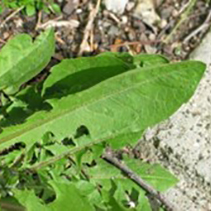 | 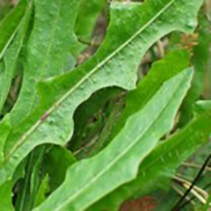 |
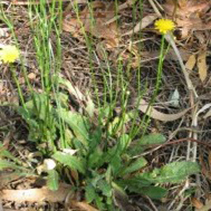 | 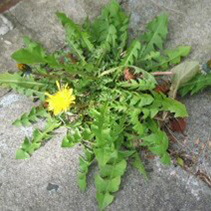 | 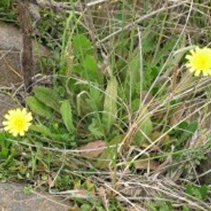 |
St John's Wort
The whole St John’s Wort plant is poisonous and affects all grazing animals including horses. With repeated grazing, St John's Wort can cause photosensitisation causing livestock to become sensitive to light and develop sunburn. Skin damage is observed on pale or non-pigmented skin or areas with less wool such as the nose, face and ears of sheep. Animals also experience weight loss, agitation, reduced productivity, depression and sometimes death.
St John’s Wort is an erect, woody perennial herb. Leaves and branches are always opposite one another on the stem. The leaves are 1.5 to 3cm in length with an ovoid shape, when held up to the light oil glands appear as perforations.
Flowering in late spring to summer, the 5 petals are golden yellow, with black dots along the margins. Seed capsules form and ripen from green to brown in late summer/early autumn. These sticky capsules easily adhere to animal fur or clothing and are dispersed far and wide.
Two varieties of St John’s Wort may be found – a narrow leaf (7-9 mm at the sixth node of a flowering stem) and a wide leaf (10-12 mm). The broad leaf variety is more compact, growing to around 60 cm compared to 90 cm, has thicker stems (6 mm compared to 4.5 mm), and larger seed pods than the narrow leaf variety. The broad leaf variety also has fewer oil glands and so lower levels of hypericin.
Bright sunlight is required to activate the toxin in the bloodstream before signs of poisoning develop, but photosensitisation may occur within five hours. If you suspect St John’s Wort is causing photosensitisation in your animals, move them to another paddock free from St John’s Wort with good shade cover. Secondary infections may require treatment from your veterinarian.
The best strategies to manage St John’s Wort are to reduce its ability to establish and spread by maintaining good perennial pasture cover and preventing invasion through good property biosecurity.
For further assistance with identifying weeds on your property, visit Weed Wise.